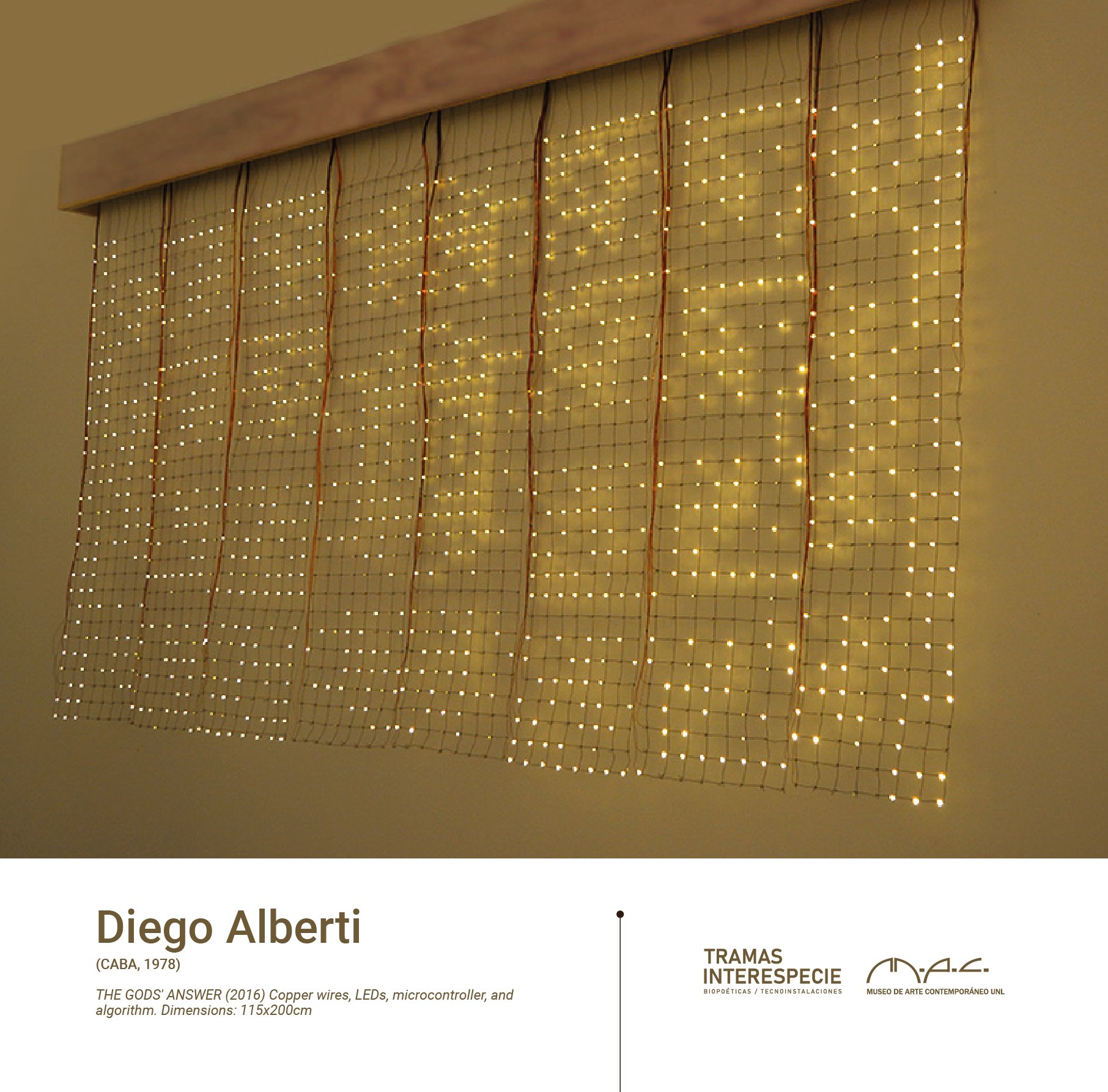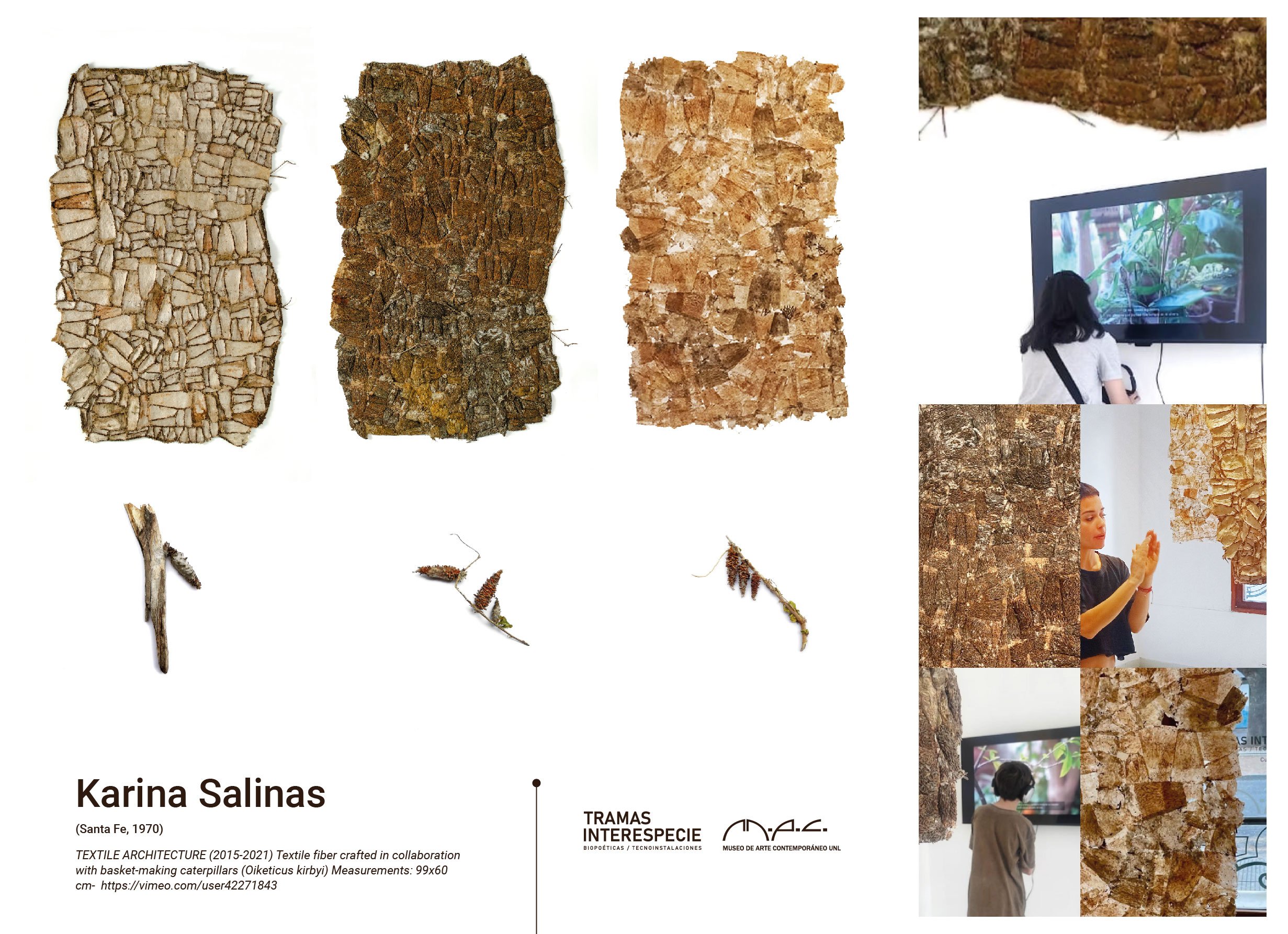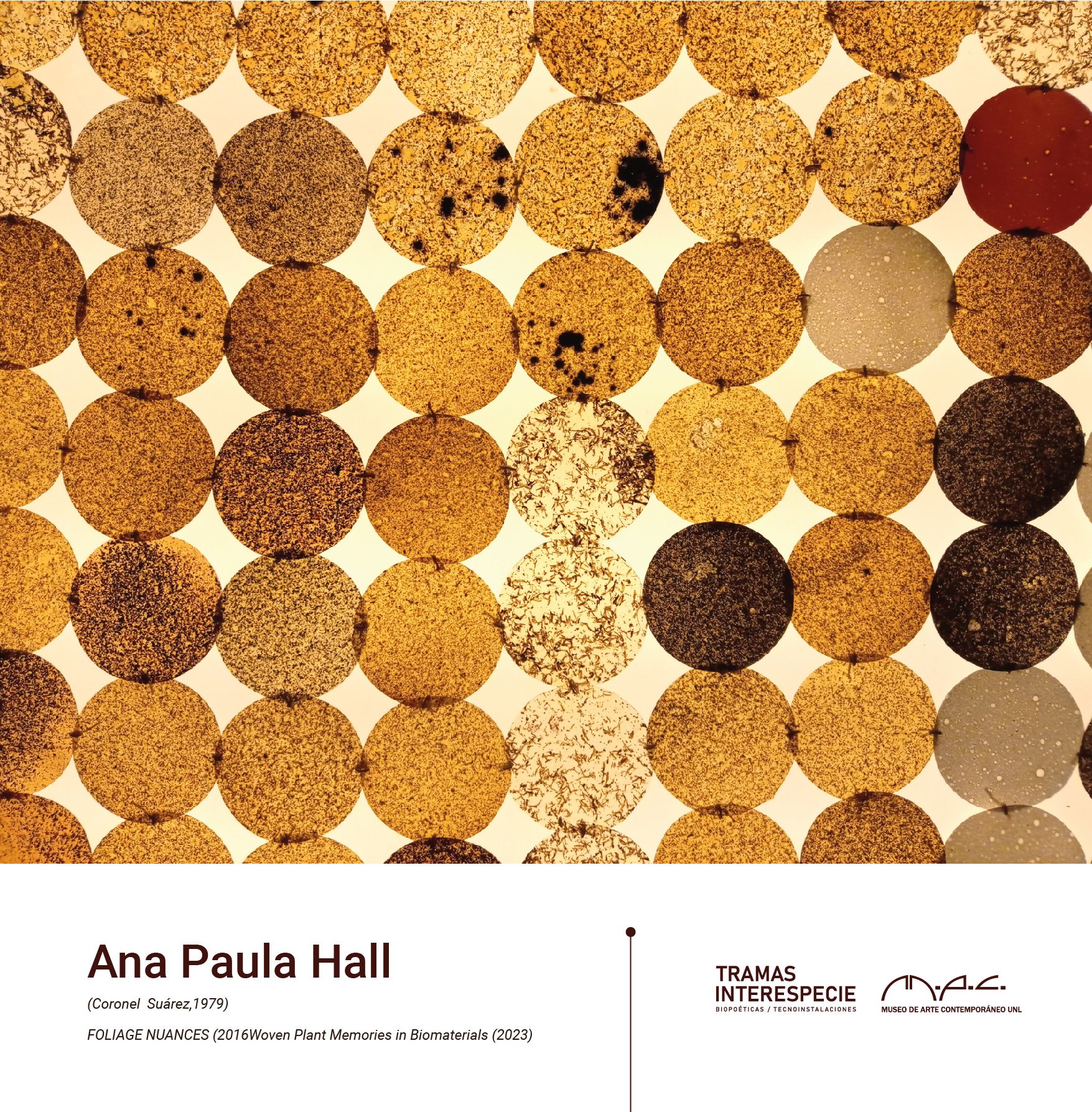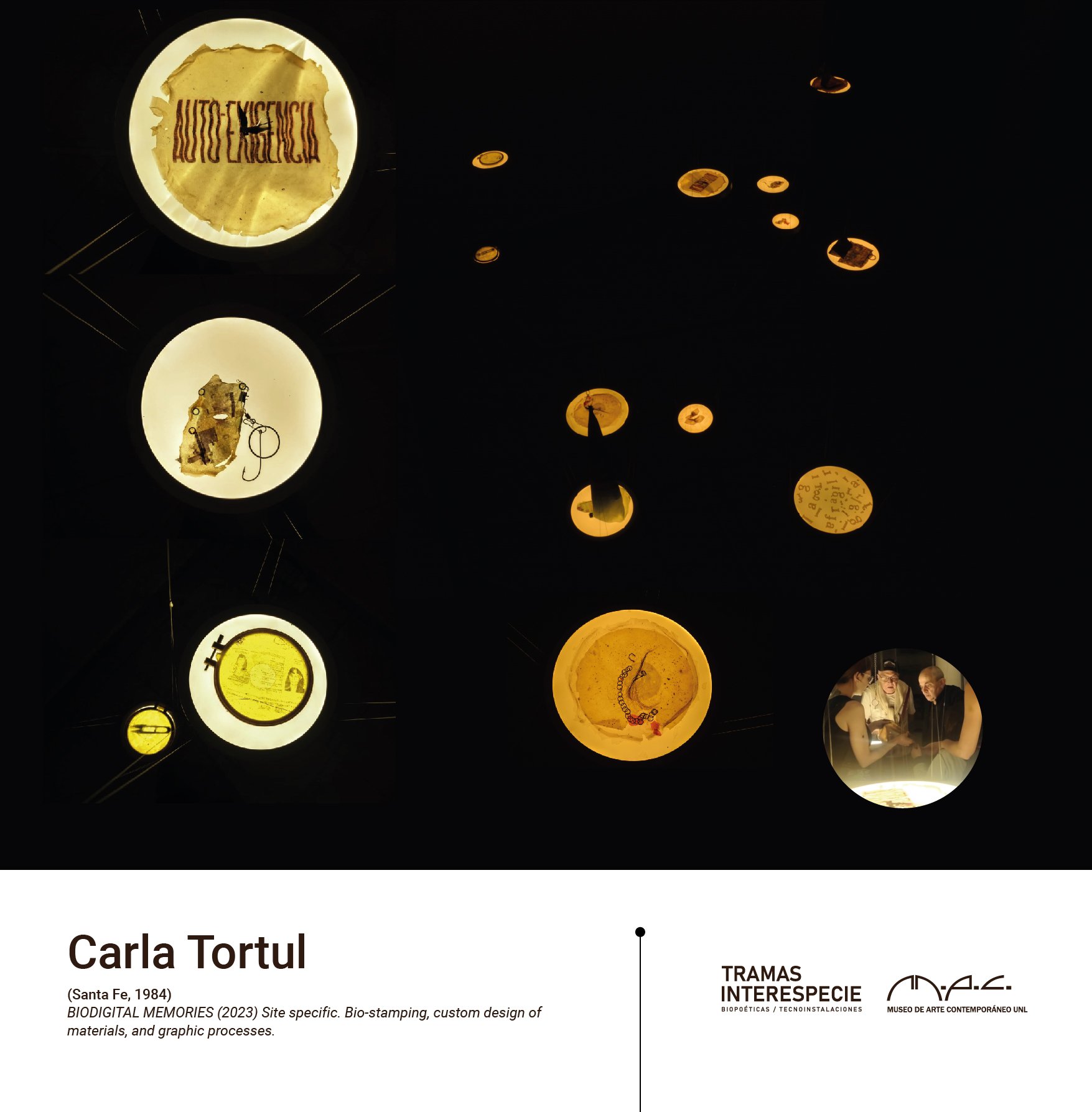Museo de Arte Contemporáneo de la Universidad Nacional del Litoral
About the individual or institution nominating:
1) Name and Surname of the individual submitting the nomination:
Lucía Stubrin
1.1) Institution submitting the nomination:
Museo de Arte Contemporáneo Universidad Nacional del Litoral (Santa Fe, Argentina)
About the practice, project or institution nominated:
2) Name of the institution nominated:
Museo de Arte Contemporáneo de la Universidad Nacional del Litoral
2.1) Name of the director and email address of the institution nominated:
Marilyn García
2.2) Name of the institution, practice or project nominated:
Tramas Interespecie
3) Argue in one sentence why you think the project you nominate is outstanding and could serve as an example for the entire community of modern and contemporary art museums.
The project approaches contemporary textiles in a critical and original way, incorporating methodologies, materialities and devices of the 21st century with the traditions of the 'pueblos originarios'; taking into account the consequences of the anthropocene era introduced bioart and digital aesthetics to a diverse public that visit this local university museum of Santa Fe city (Argentina).
3) Description of the practice or project. (max. 500 words)
This exhibition is conceived as an opportunity to review contemporary textile imaginaries. Along with the great diversity of traditional practices associated with knitting, other vernacular practices coexist in our culture that examine the relationship with technical devices, materialities and collaborative forms of expression.
Diego Alberti proposes in La respuesta de los dioses (2016) a digital tapestry where different patterns of thousands of LED lights are created recreating the ancient perforated cards that native andean cultures invented for the production of their textiles. In this work, the original binary logic is replicated in a contemporary digital way.
Karina Salinas, on the other hand, contributes in her work Arquitectura textil (2015-2021) a resignification of fabric-with where the link is not only between humanity and inanimate materials, but together with other species they collaboratively build unique pieces. This project installs another temporality that concerns the construction of a listening device where insects, known as basket bugs (Oiketicus kirbyi) inhabit, feed, reproduce and die, in a respectful and affective context of observation and waiting.
We talked about the media, we talked about the links, let's talk now a little about contemporary materialities that revise the ways of producing raw materials in a context of global environmental crisis, where the footprint of the human species is perceptible and irreversible in a harmful sense for the planet.
Ana Paula Hall presents for the first time her work Matices foliares (2023). Each piece, each circle is handmade following original recipes created by the artist from information gathered on the web and from her own domestic culinary experiences. Her inscription within the production of biomaterials is pioneering in Argentina and, in this case, she uses natural fibers and dyes to assemble a suspended sampler of unique textures and colors. The possibilities of absolute composting of these materials is one of the most interesting aspects, from which the artist proposes to inspire a total production process where there is no failure because there is no possibility of generating waste.
Moreover, biomaterials are so resistant that they can be used in innovative printing and engraving processes such as those proposed by Carla Tortul in her work Memorias biodigitales (2023). In collaboration with Hall, the artist produces especially for this exhibition an intimate printing experience in which traces of her analog and virtual existence are captured on organic biodesigned surfaces. A gesture of complicity, humor and irony about contemporary ways of being, inter-species ways arranged between biological and technological dimensions of life.
Tramas Interespecie is conceived as a curatorial project but is also an educational platform where artists show, teach and dialogue with the local community in weekly educational visits with students of all levels, workshops about biomaterials and open talks about art, science and technology curatorial processes for art students and the general public.
4) Images:
Credit and caption Image 1: Exhibition catalog September 2023




5) Provide links to the institution website as relevant support material: